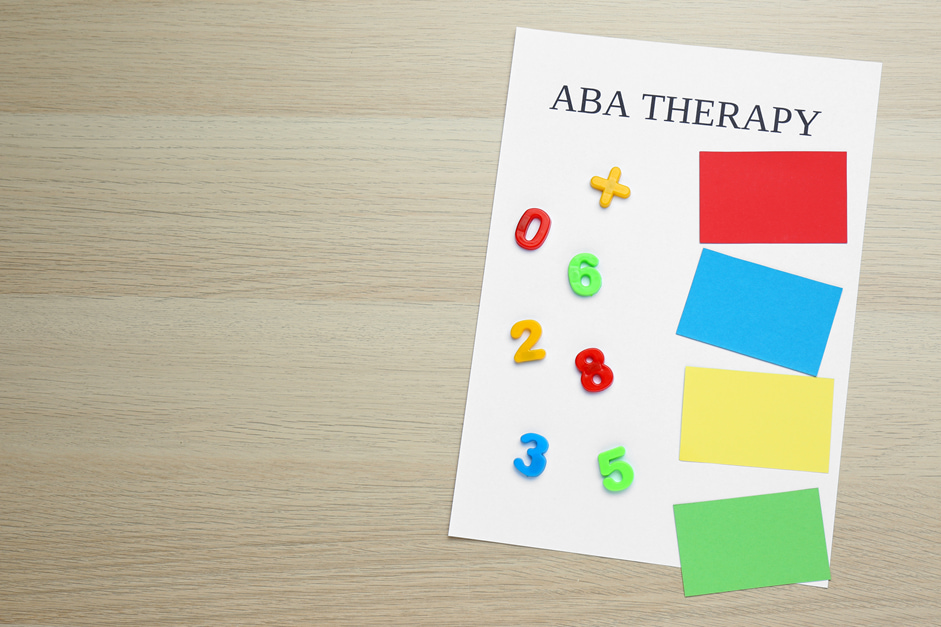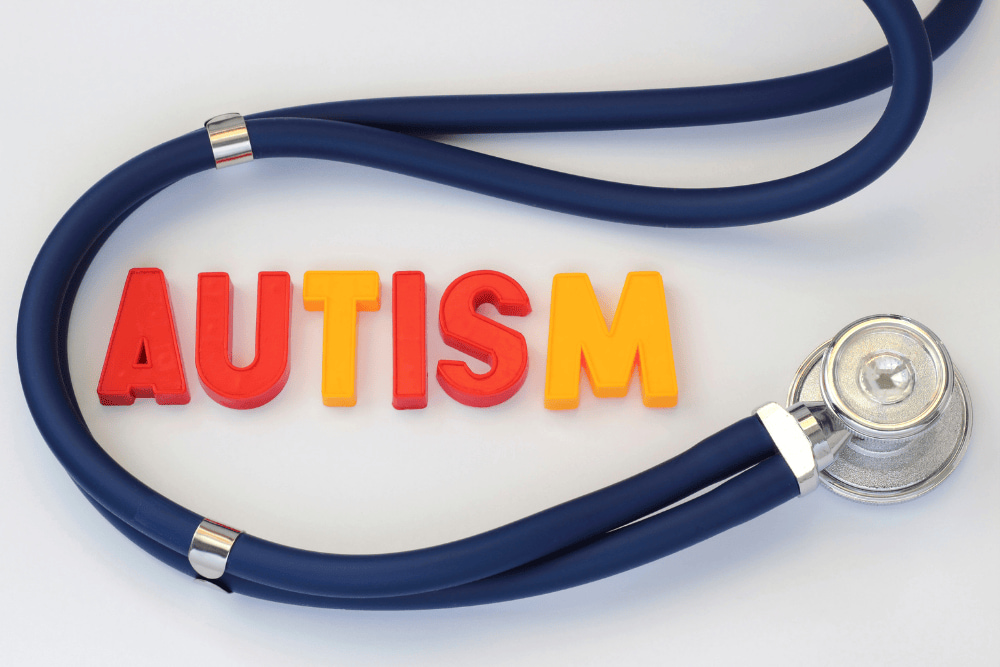Key Takeaways: Amish Autism
- Autism exists in Amish communities, just like in the general population, despite myths suggesting otherwise.
- The myth of low autism rates among the Amish likely stems from limited healthcare access, cultural misunderstandings, and underreporting—not actual lower incidence.
- Cultural and religious beliefs in Amish communities may delay autism recognition or influence how symptoms are interpreted.
- Limited access to diagnostic and healthcare services contributes to under-diagnosis or late diagnosis of ASD in Amish populations.
- Ongoing genetic research involving Amish populations may help shed light on hereditary factors contributing to ASD.
Understanding Amish Autism: Investigating the Prevalence of Autism in Amish Communities
There is growing interest in understanding the relationship between Amish people and autism. Due to the community’s private nature and limited participation in modern healthcare systems, much of the discussion has been based on assumptions rather than fact. Above & Beyond Therapy, explores the available research and cultural context to bring clarity to this often-misunderstood topic and shed light on how autism may present within this unique population.
Who are the Amish People?
The Amish community is a distinct religious group known for its traditional way of life, which emphasizes simplicity, humility, and separation from the modern world. The Amish originated in Europe and settled in North America during the 18th century. They live in close-knit, rural communities, adhering to a set of religious beliefs and practices that guide their daily lives.
Amish communities are characterized by their rejection of many modern technologies, such as electricity, automobiles, and televisions. They prioritize community values, family, and a strong work ethic. The Amish value education but typically provide education within their own community schools, focusing on practical skills and religious teachings.
Understanding Autism Spectrum Disorder (ASD)
Autism spectrum disorder, commonly referred to as ASD, is a neurodevelopmental disorder that affects communication, social interaction, and behavior. ASD is a broad-spectrum disorder, encompassing a range of symptoms and levels of impairment. It can manifest in various ways, making each individual's experience unique.
Some common characteristics of ASD include challenges with social interactions, difficulty with verbal and nonverbal communication, repetitive behaviors, and specific interests or restricted patterns of behavior. The exact cause of autism spectrum disorder is not yet fully understood, but it is believed to involve a combination of genetic and environmental factors.
It is important to note that autism spectrum disorder can occur in any community or population. While there have been claims of lower rates of autism in Amish communities, it is crucial to examine the evidence and dispel any misconceptions.
The Myth of Low Amish Autism Rates
Despite popular belief, there is a persistent myth that the Amish community has low rates of autism compared to the general population. However, this perception is not supported by scientific evidence. Let's explore the origins of this myth and examine the research surrounding it.
The Roots of the Amish and Autism Misconception

The myth of low autism rates in the Amish community may have stemmed from a misunderstanding or misinterpretation of observations made by some individuals. It is essential to recognize that the Amish community, known for their close-knit and insular way of life, has limited exposure to mainstream society. This limited exposure may lead some to assume that autism rates are lower among the Amish due to a perceived lack of modern environmental factors or influences.
Examining the Research on Autism in the Amish Community
Scientific studies have debunked the notion of low autism rates in the Amish community. Research conducted by experts in the field of autism spectrum disorder (ASD) consistently demonstrates that autism occurs at similar rates among the Amish population as it does in the general population.
One study published in 2008 by the Journal of Autism and Developmental Disorders examined the prevalence of autism in the Amish community of Pennsylvania. The study found that the prevalence of ASD in the Amish population was comparable to the prevalence reported in other populations, dispelling the myth of significantly lower rates.
Another study, published in 2011 by the Journal of Child Neurology, investigated the prevalence of autism in the Amish and non-Amish populations in Ohio. The study concluded that there was no significant difference in autism rates between the two groups, further refuting the notion of lower rates within the Amish community.
These studies and others like them provide strong evidence that autism rates are not lower in the Amish community. It is crucial to rely on scientific research rather than perpetuate misconceptions or stereotypes when discussing autism prevalence in any community.
Understanding the truth about autism rates in the Amish community is essential for promoting accurate information and dispelling myths. By recognizing that autism is not exclusive to any particular community, we can work towards creating an inclusive society that supports individuals with autism and their families.
Factors Influencing Autism Diagnosis in the Amish Community
While the prevalence of autism spectrum disorder (ASD) in the Amish community has been a topic of interest, there are several factors that can influence the diagnosis and reporting of autism within this community. These factors include cultural and religious beliefs as well as limited access to healthcare and diagnostic services.
Cultural and Religious Beliefs of The Amish
The Amish community has a distinct set of cultural and religious beliefs that may affect the identification and understanding of autism within their population. The Amish value simplicity and prioritize community cohesion. They often prefer to rely on their own support systems rather than seeking external intervention.
Due to their cultural beliefs, some Amish families may not readily recognize or attribute certain behaviors associated with autism as a developmental disorder. Instead, these behaviors may be viewed as a variation in personality or character. The lack of awareness or understanding of autism can delay the diagnosis and intervention for individuals within the Amish community.
Limited Access to Healthcare and ASD Diagnostic Services
Access to healthcare and diagnostic services can be limited within the Amish community. The Amish typically rely on traditional healing methods and home remedies rather than seeking medical attention. This preference for self-reliance and limited interaction with the outside world can result in delayed or missed opportunities for autism diagnosis.
Furthermore, the Amish community may face challenges in accessing specialized healthcare services, such as ABA therapy centers, and diagnostic resources due to their geographical isolation and limited financial resources. The scarcity of healthcare providers familiar with autism and the lack of diagnostic tools specific to the Amish cultural context can contribute to under-diagnosis or misdiagnosis of autism within this community.
It is important to note that the factors influencing autism diagnosis in the Amish community are complex and multifaceted. While cultural and religious beliefs as well as limited access to healthcare and diagnostic services play a role, it is essential to consider other factors such as genetic and environmental influences. Understanding these factors can help foster a more comprehensive understanding of autism within the Amish community and promote the development of culturally sensitive approaches to diagnosis and support.
Additional Factors Affecting Diagnosis of Amish with Autism

When examining the relationship between the Amish community and autism rates, it's important to consider other factors that may contribute to the prevalence of autism. While cultural and religious beliefs, as well as limited access to healthcare and diagnostic services, play a role, genetic and environmental factors also come into play.
Genetic Factors of ASD
Genetics play a significant role in the development of autism spectrum disorder (ASD). Research has shown that there are certain genetic variations and mutations associated with an increased risk of ASD. These genetic factors of autism can be inherited and passed down through generations.
While specific studies on the genetic makeup of the Amish community and its relation to autism are limited, it is important to acknowledge that genetic factors can influence the occurrence of autism in any population. The Amish community is not exempt from genetic variations that can contribute to the development of ASD.
Autism Environmental Factors
Environmental factors also play a role in the development of autism. Studies have suggested that prenatal and early-life exposures to certain environmental factors may increase the risk of ASD. These factors can include prenatal infections, exposure to certain chemicals or toxins, and complications during pregnancy or birth.
Again, there is a lack of specific research examining the environmental factors of ASD in the Amish community and their relation to autism rates. However, it is essential to recognize that environmental factors can impact the development of autism in any population, including the Amish community.
Understanding the interplay between genetic and environmental factors is crucial in comprehending the prevalence of autism in any community. It is important to avoid generalizations and stereotypes and recognize that autism is a complex condition influenced by a variety of factors.
By considering genetic and environmental factors alongside cultural, religious, and healthcare-related factors, we can gain a more comprehensive understanding of the prevalence of autism in the Amish community and beyond. Promoting awareness and acceptance of autism and dispelling misconceptions is vital in fostering inclusivity and support for individuals on the autism spectrum, regardless of their community or background.
Addressing Misconceptions and Stereotypes About Amish Autism
There are many misconceptions and stereotypes about autism and the Amish; let’s address some of the most common ones.
Is Autism Exclusive to Certain Communities?
One common misconception regarding autism is that it is exclusive to certain communities or demographics. However, this belief is not supported by scientific evidence. Autism Spectrum Disorder (ASD) affects individuals from all walks of life, irrespective of their cultural, ethnic, or religious background.
Autism is a neurodevelopmental condition that impacts social interaction, communication, and behavior. It is characterized by a wide range of symptoms and levels of severity. While it is true that autism prevalence rates may vary across different populations, there is no evidence to suggest that any community, such as the Amish, is immune to the occurrence of autism.
Does Raising Autism Awareness Increase Autism Rates?
Promoting autism awareness and acceptance does not cause more autism but helps increase recognition and understanding of the condition. By educating others, we dispel myths and stereotypes, fostering a more inclusive and supportive society for individuals on the autism spectrum.
It is important to recognize that autism is a spectrum, and individuals with autism have unique strengths and challenges. By understanding and accepting these differences, we can create an environment that promotes inclusivity, respect, and opportunities for individuals with autism to thrive.
Additionally, supporting autism research and advocating for improved access to healthcare and diagnostic services is essential. By ensuring that individuals with autism have access to early intervention, therapies, and support services, we can enhance their quality of life and help them reach their full potential.
Summarizing the Facts About Amish Autism
The prevalence of autism spectrum disorder (ASD) in the Amish community is a complex issue that cannot be reduced to simplistic myths or stereotypes. While factors such as cultural and religious beliefs, limited access to healthcare, and diagnostic services can influence the diagnosis and reporting of autism within this community, genetic and environmental factors also play a role.
At Above and Beyond Therapy, we are dedicated to fostering a positive and inclusive view of autism, recognizing that it is not exclusive to any one community or demographic. We believe that promoting awareness and acceptance is essential to building a supportive environment where individuals with autism can thrive and reach their full potential.
Contact us today to learn more about how we support individuals with autism and their families.
FAQ: Amish Autism
Do Amish kids get autism?
Yes, children in Amish communities can and do have autism. Autism spectrum disorder occurs across all populations and demographics. However, due to cultural factors, limited access to healthcare, and differences in diagnosis practices, autism may be underreported or less frequently diagnosed in Amish children.
How does the Amish community view autism?
Views on autism can vary, but many Amish communities may have limited awareness due to cultural differences and less exposure to mainstream healthcare and educational resources.
Can autism awareness help the Amish community?
Yes, increasing awareness and understanding of autism can help improve early diagnosis, acceptance, and access to necessary services within the Amish community.
Is genetic research being done on autism in Amish populations?
Yes, due to the unique genetic makeup of the Amish, some researchers are studying autism within this community to better understand genetic influences and identify potential risk factors.


.jpg)





.png)



